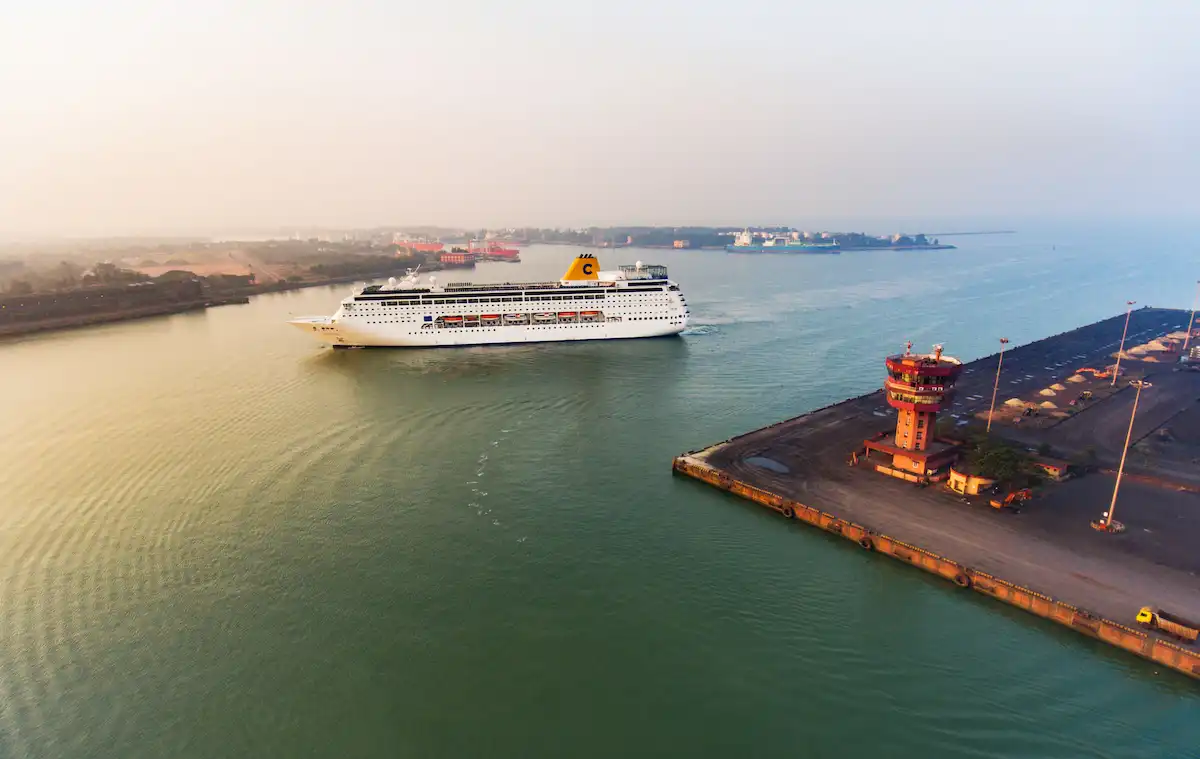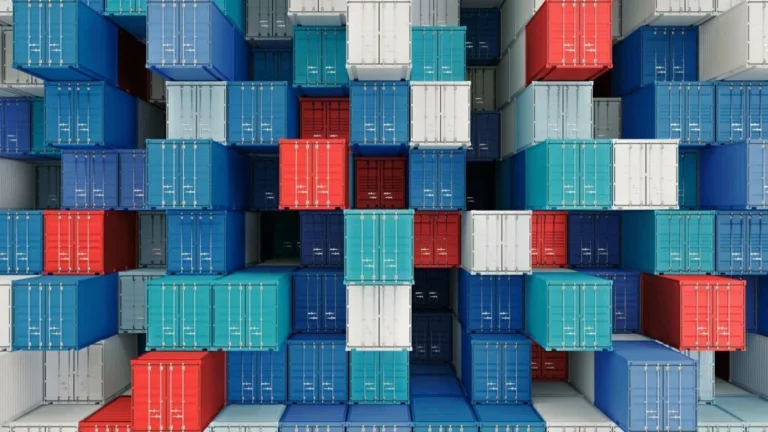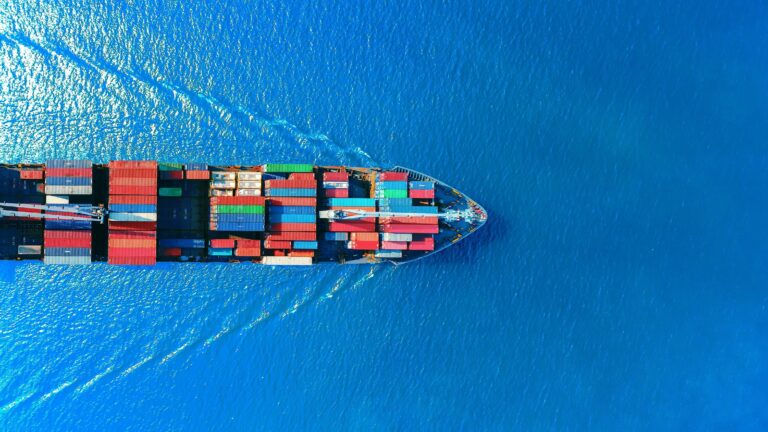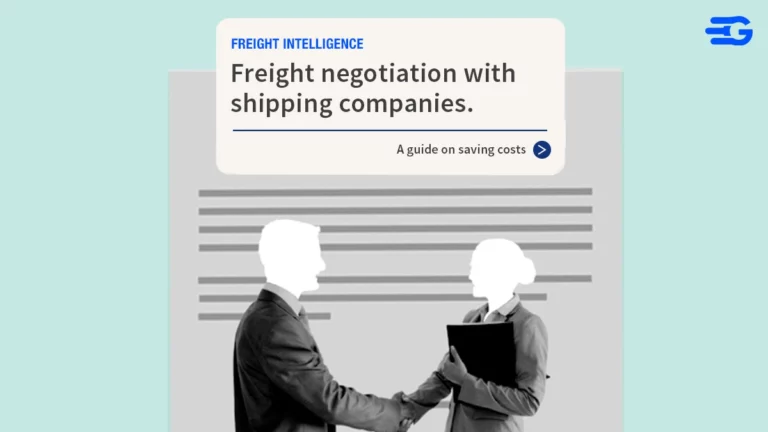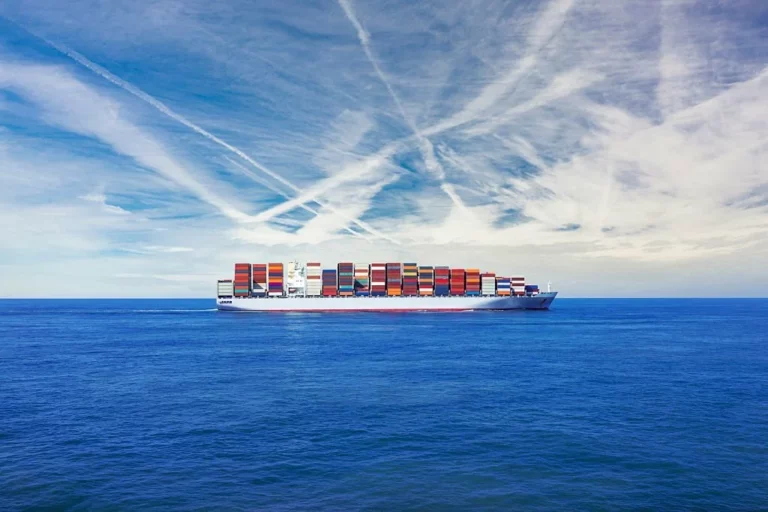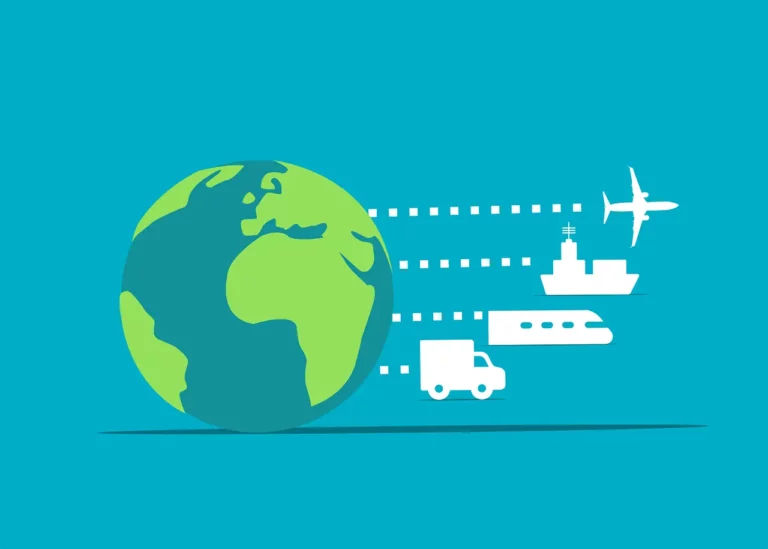What is Freight Tender and How to Optimize It?
If you are a logistics or supply chain manager, the terms freight tender, RFQ proposal and transport procurement would probably be synonymous with tedious and time-consuming processes. Nevertheless, freight tendering is a crucial part of the procurement process. Owing to the unforeseen pandemic and its aftermath, supply and demand have witnessed severe fluctuations. Securing reasonable freight rates has become even more difficult than before.
Transport and freight procurement costs affect your bottom line directly and heavily. It is always advisable to keep a close eye on these costs and optimize them, wherever possible. To reduce your freight tender costs it is important to do away with manual operations and use the right technologies, for the best outcomes.
The entire freight transportation industry has always been prone to disruptions, now more than ever, and is quickly trying to come up with solutions to get freight to move in one way or another. Staying on top of your game, running and managing freight tenders completely online, and building a network that can weather any adversity is possible with digital procurement.
With rapid technological advancements, building supply chain resilience has become an easily attainable goal. Instead of relying on manual efforts for obtaining and running freight forwarding tenders, rate negotiations, and paperwork for documentation, it is time to start adopting digital solutions for rate procurement where all the information is consolidated on a unified dashboard.
What is a freight tender?
A freight tender describes the process in which shippers choose logistics service providers to handle all their transportation requirements after duly assessing them. Since most companies do not have their own mode of transport, they need to make use of logistics service providers to transport their goods from one destination to another.
In the freight and transport tendering process, a pool of several different logistics service providers offers their freight rates/quotes for specific routes for a specific period of time. The awarding of transport services to a freight forwarder at a reasonable price is called transport procurement or freight procurement.
With a plethora of freight forwarders offering their services, selecting the right freight forwarder to meet your shipping needs can be a daunting task. To simplify the process, the easiest way would be to invite potential service providers to submit a freight forwarding tender for your business. A freight forwarding tender is also known as An Invitation to Tender (ITT), a freight RFQ (Request for Quotation), or a freight RFP (Request for Proposal).
What is the purpose of a freight forwarding tender?
A freight forwarding tender helps you to get in touch with multiple freight forwarders, compare their services and find the correct fit for your requirements that will provide better ROI. It can be a complex and lengthy process and involves a lot of manual effort. Making sure your freight forwarding tender is clear and concise will make the process more manageable and ensure that you secure a good deal.
Why is putting together a freight tender a complex process?
Most logistics companies still use spreadsheets to put together tenders or maintain a list of quotes received and so on. The practice is prone to errors, inefficient, and offers negligible scope to compare present date data to historical data. Some common challenges faced while manually creating a freight tender include:
- Lack of transparency
Due to each vendor submitting individual freight tenders, it becomes difficult to keep track of all the documents. Comparing different quotes, making the information accessible to the stakeholders, and evaluating each vendor in-depth, become an alarmingly complicated process due to lack of transparency.
- Time-consuming process
Manually benchmarking freight rates, organizing the information needed to put together a reasonable freight tender, and keeping all the documentation ready takes up a lot of time for the procurement team.
- Laborious manual follow-ups with vendors
Following up with multiple vendors regarding their quotes, and the bidding process via emails or phone calls is a tiring process. Besides, this method of communication compromises the ability of the teams to keep everything on record and may give rise to misunderstandings later.
Reduce your freight tendering costs via digital procurement
Given the nature of the challenges listed above, the most profitable solution would be to optimize your freight tendering and procure freight rates quickly and easily via digital procurement solutions.
Any automated freight procurement system will provide the following features, which lead to more operational transparency, and drastically reduced freight tender costs.
- Built-in freight tender templates
Any digital procurement solution will offer built-in templates that will help you to set up freight tenders within minutes, instead of days. They also take care of the conversion of any customer pricing template into an internal template, minimizing the dependency on excel sheets and manual labor. Communication with the logistics service providers is automated leading to quick responses and doing away with misunderstandings.
- Enhanced visibility of your freight tender
Since freight rates are stored centrally on a single dashboard, it becomes very easy to compare freight tenders from different vendors, analyze them thoroughly and make data-driven decisions. You can also protect yourself from hidden freight tender costs due to the end-to-end visibility of the entire quotation process.
- Reduce administrational effort
A cloud-based freight sourcing tool eliminates manual effort by as much as 50%. It automated repetitive tasks, cleans up your data and enhances data quality, improves cost savings, facilitates greater carrier participation, and enables instant communication with all the stakeholders at the click of a button.
- Best possible freight rates
Digital reverse auction tools enable you to obtain the best possible freight rates for your business with vendors competing with each other to give you the lowest possible rates.
GoComet’s automated Freight Quotation Management module allows you to take care of a variety of functions be it managing incoming freight tenders, setting your own deadlines for procuring spot shipment rates from your vendors, recording every interaction in the bidding and selection process, and procuring the best rates for your business. Reach out to us here to find out more.
